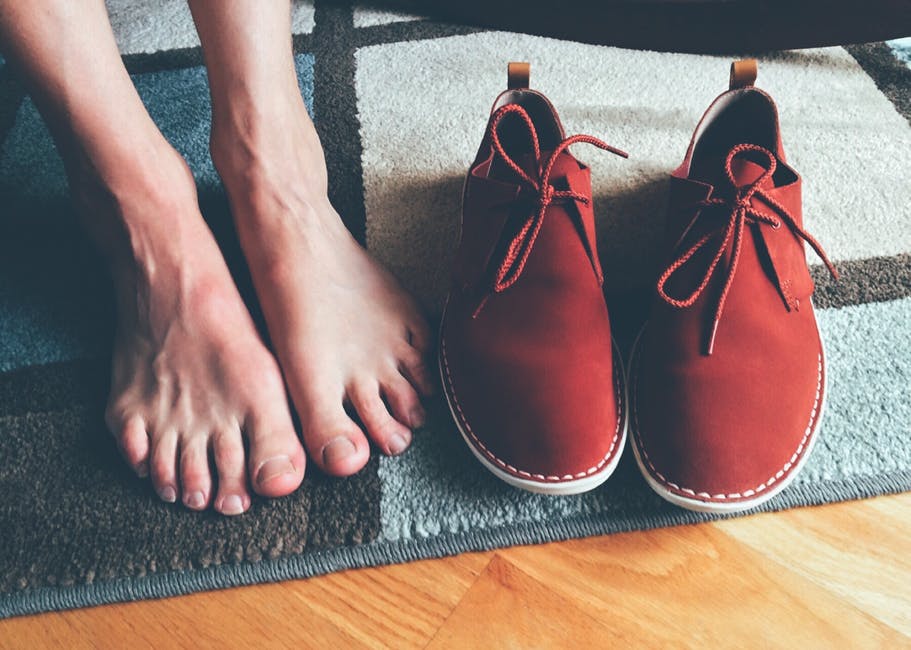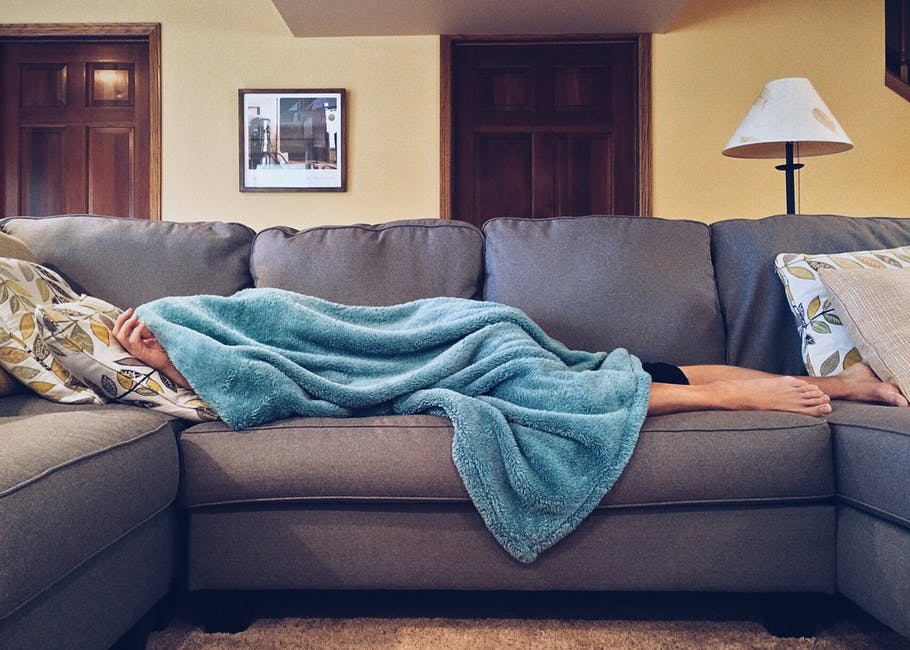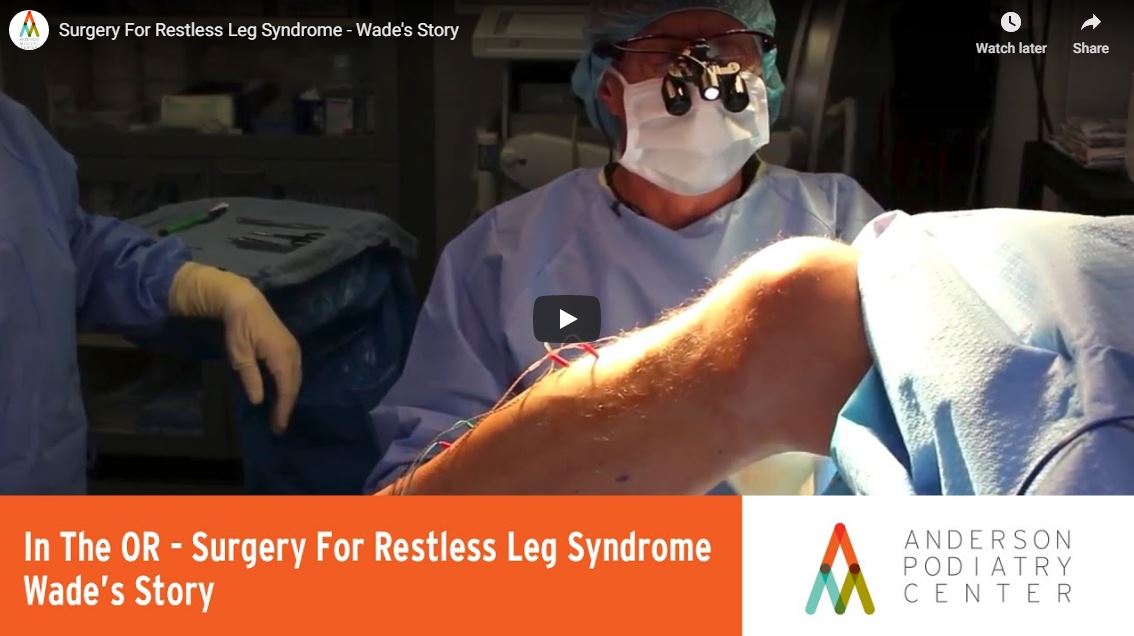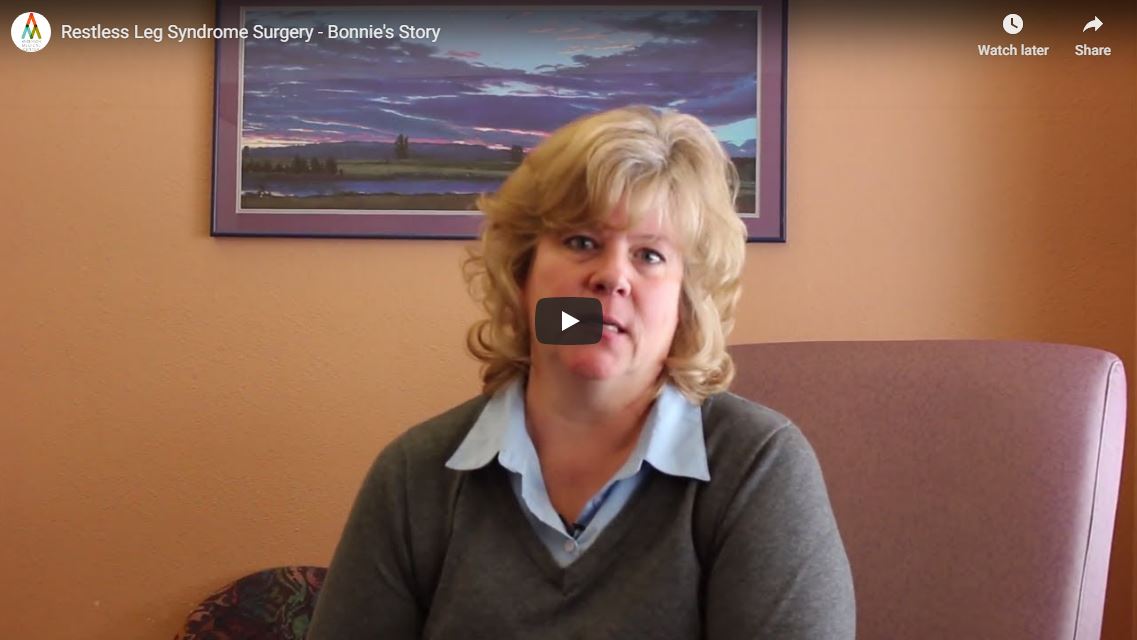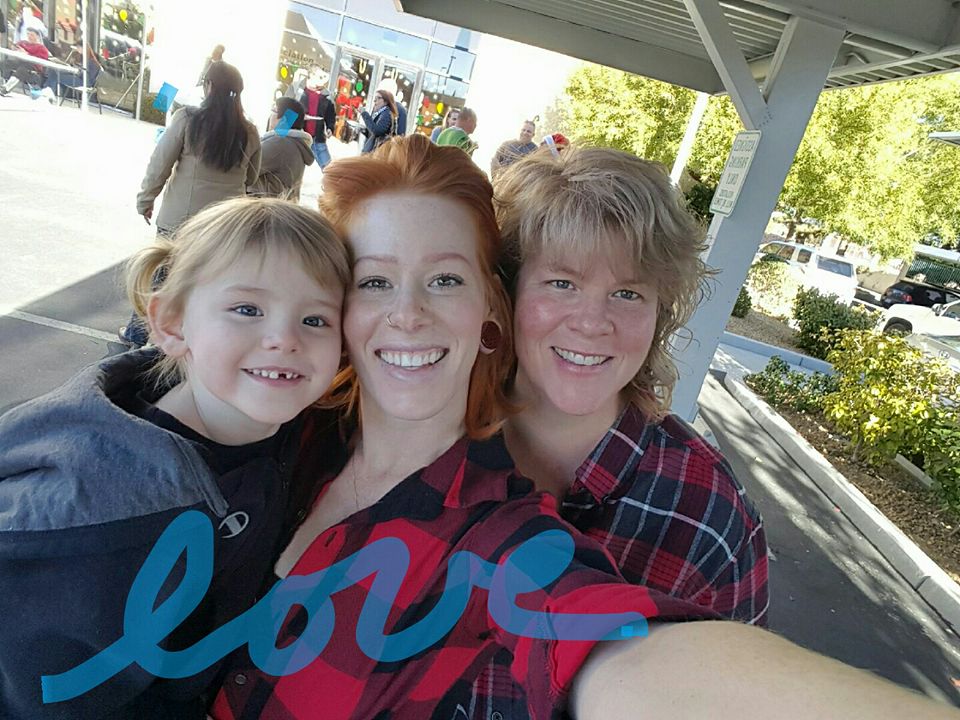Welcome to Part 3 of our blog, Neuropathy 101. We’ve discussed the signs and symptoms in Part 1, and advanced treatment options in Part 2.
And, of course, we saved the best part for last. If you or someone you love is suffering from neuropathy, the most important thing for you to know is that there is hope. You don’t have to suffer and let neuropathy take over your life.
Today, I want to share with you the stories of three patients who came to see us with different symptoms, frustrations and needs. And after treatment, they are all experiencing the improved quality of life they were hoping for. After practicing for more than 35 years, there is still nothing more rewarding to me than hearing patients come in and tell me how their life has changed for the better since treatment. Here are their stories.
Evelyn’s Story
Symptoms:
“When I came to see Dr. Anderson, I had so much numbness in my feet and it was so painful. My feet hurt so bad by the end of the day, I wasn’t able to wear shoes. I was ready to go stark raving mad. I could only wear sandals and I live in Wyoming. And in the winter, I will tell you I definitely did not want to be wearing sandals,” Evelyn says.
Treatment:
Evelyn had nerve decompression surgery on both legs. This is a 1-hour procedure where we go in surgically to open up the nerves that become compressed in the legs, and cause severe neuropathy symptoms.
Life Today:
Today, Evelyn says, “I have new shoes that I got a year ago and I can finally wear them all day. It was so funny because my husband thought I had gone shopping and bought all new shoes. But, I was just finally able to wear all my own shoes again! At night when I got to bed, I can actually feel the covers with my toes, which I haven’t been able to do in years. I have no pain. I can be so much more active now. I’m ready to go dancing! If you are having problems with your feet, come see him and get the help you need!”
John’s Story
Symptoms:
“Most of my symptoms were occurring on the bottom of my feet. I was having a hard time being active because it took me so long to recover. If I walked about a mile, the balls of my feet would be so sore, it would take a full day just for me to start feeling better,” John says.
Treatment:
John had the ESTIM & MLS Laser treatment we discussed in Part 2 of this blog. Because John’s symptoms were not as severe, our non-surgical treatment options were a good fit for him. The ESTIM treatment is an electrical stimulation therapy, and the laser treatment works on the cellular level. Both treatments work in harmony together to help repair and restore the damaged nerves.
Life Today:
Before he was finished with treatment, John was already reporting significant symptom improvement. “I would say I’m 70-80% better already, and that’s being conservative. I can now walk 2 miles a day, and my feet recover in about an hour. I’m very happy with my results,” John says.
Kelly’s Story
Symptoms:
“I was experiencing a lot of numbness in my feet and struggling with loss of balance. By the end of the day, I was just in excruciating pain. I am on my feet all day at work, and I tried every type of shoe and insole out there, and nothing worked. I don’t really like to take pills, so I didn’t want to get on medication for it, but I really was searching for relief,” Kelly says.
Treatment:
Kelly had nerve decompression surgery on both legs, just like our first patient Evelyn did. This is a great option for many people with severe neuropathy and pain because it’s a minimally-invasive procedure and there is very little down time. Most patients can be up and walking around the day after surgery.
Life Today:
“I don’t dread getting up in the morning anymore. Now I can get through work every day. My heel pain has resolved as well, and my balance is so much better. I feel confident in where I’m stepping and I have that “front to back” feeling of motion that I didn’t have before. I would do the surgery again, in a heartbeat,” Kelly says.
Don’t Give Up
Every day I see patients who come in and they are experiencing incredible results like these. They are back to work, to play and to the activities they love. My desire for you who are reading this is that you would be encouraged to not give up.
Come see us, we can help. To learn more about how we treat neuropathy, click here.
To make an appointment, click here.
